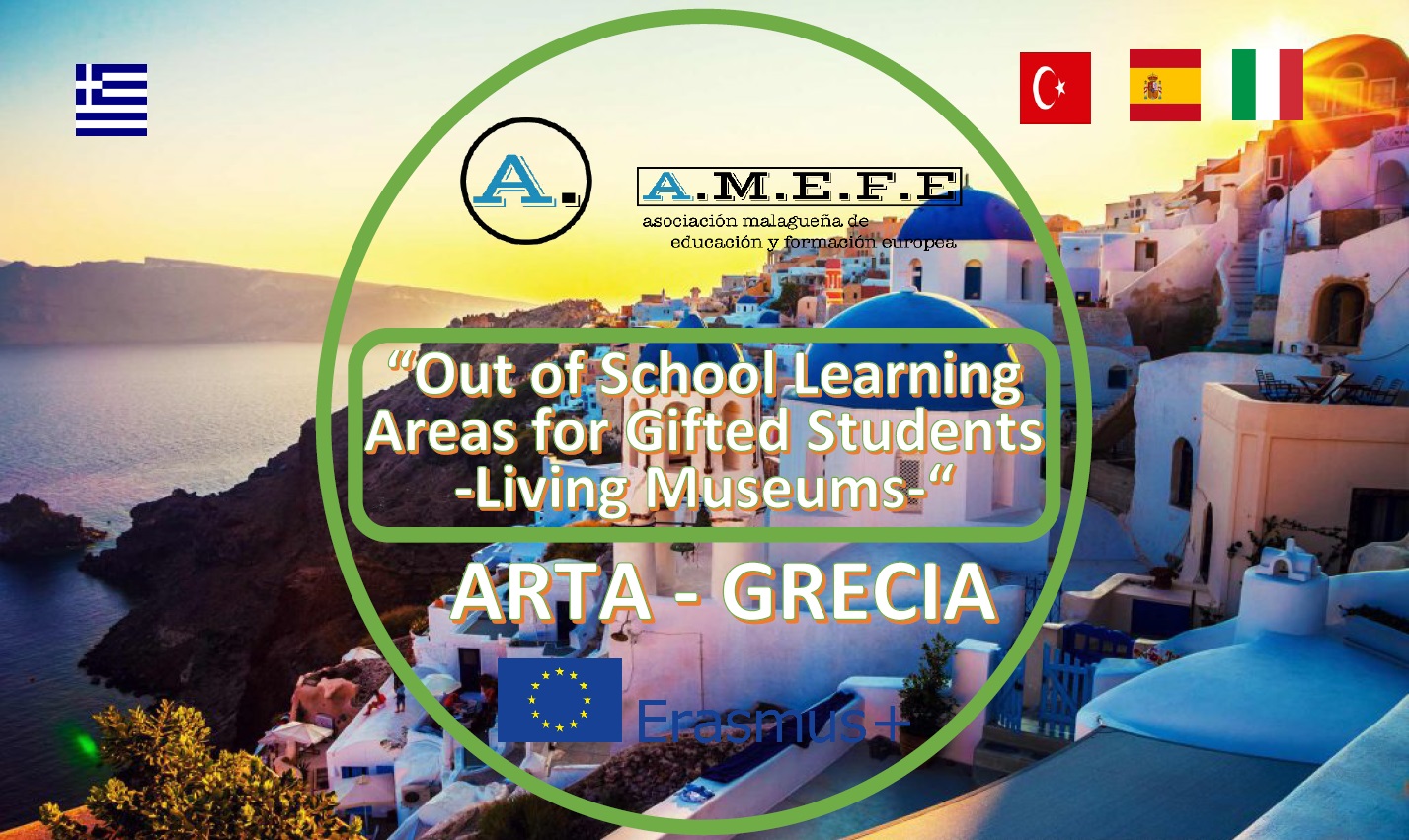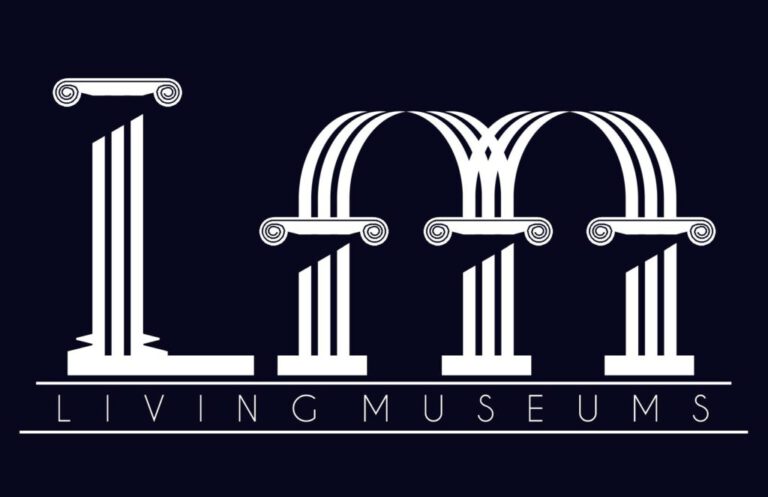– «Living Museum» – Out of School Learning Areas for Gifted Students
School has not been the first and only institution when considering education. The idea of incorporating differences into education has now been considered a contribution of early childhood education, with many factors.
According to the new primary education program, education is not limited to the classroom, nor is its primary source textbooks. Recent research on human learning capacity has led to this conclusion thanks to the latest technologies we use in our daily lives.
As a result, the use of new learning techniques and diverse learning environments has become central to education. Today, museums are the most widely used institutions as diverse learning environments in countries that place special emphasis on modern education. It is clear that museums are an indispensable part of education.
If we take this specification of museums into account, our target group (gifted students) has the opportunity to see everyday objects used in historical periods mentioned in textbooks. In this way, they try to establish a connection between historical events and everyday objects from these historical periods.
This opportunity helps them increase their historical awareness. They improve their observation skills, logic, creativity, imagination, and sense of wonder. They develop a sense of aesthetics. They learn to think creatively. Furthermore, the museum shows children that change and evolution are inevitable. It teaches them to think and evaluate all aspects (multidimensional learning). Children also become aware of preserving their cultural values. Children also learn about different cultures. Our country, with its geographical and political position, has hosted many civilizations. Therefore, it has many museums with historical artifacts that showcase this historical and cultural richness.
Unfortunately, these museums do not attract the expected attention. Numerous studies (Nowacki, 2010; Jagiellonski, 2012; Koliopoulos, 2003) demonstrate that museums, as learning spaces outside of school, should be utilized and integrated into education. With this project, we aim to make museums a part of everyday life rather than merely a display of antiquities.
Today, the need to access and use information functionally should necessitate a creative change in education.
Our main objective is to promote museums as entertaining, creative, educational, and functional institutions without being overly serious, and as effective, sustainable, and vibrant institutions.
In this way, we set an example for all other institutions as a learning model by adopting our model and promoting the functionality of these institutions. In this process, our objectives are as follows:
-Help gifted students learn by doing outside of school areas,
-Improve cultural dialogues between nations and transnational corporations.
-Create a socialization area for gifted students who need it.
-Raise awareness about the importance of extracurricular spaces.
-Raise awareness of the museum as an important cultural heritage.
We know that museums are widely used as educational environments in Europe. Therefore, there is much to learn from our European partners. Furthermore, our new ideas, not previously implemented, will represent an innovative contribution for our partners.
Creative theater groups, seek-find-solve activities, melodic prompts, poster making, museum short films, workshops, and active learning environments will be held at each museum we will visit with the target groups.
Our goal is to be not only a smiling face but also the thinking face of museums. Our target groups are declared gifted students, elementary, middle, and high school students.
Our students will learn through experience using active and creative learning models, engaging in lifelong learning, and will share these learned behaviors and achievements with their peers. Peer dialogue will be the essential strength of the bridge between cultures. Enabling sustainable flow across this cultural bridge will enhance the exchange of information, learning practices, and experiences at the highest level.
Our target group is gifted students, and our second target group is all other students in education, as they can also benefit from the project’s results. Museums are the common heritage of all nations.
This heritage only maintains its significance if it is shared with everyone without discrimination based on religion, gender, or race, so that it can enlighten the next generation. We believe that the younger generation, by learning about their transcultural heritage and the organic connection between past and present, will benefit greatly from these lasting experiences gained through international dialogue and a different environment. Through the effective and lasting dialogues that will be fostered in museums, we hope that the international cultural bond will become increasingly powerful and form the basis of society and peace for centuries to come.
You can follow us on our website and social media:


